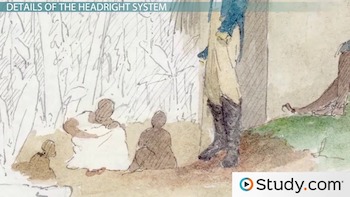Some background information."It was created to help Holocaust victims and their heirs recover assets deposited in banks; unpaid proceeds of insurance policies issued by European insurers; and artworks that were lost, looted, or sold under duress. The HCPO does not charge claimants for its services. Since its inception, the HCPO has responded to thousands of inquiries and received claims from all 50 U.S. states and 53 countries.
Under the direction of Superintendent Harris, HCPO has announced the resolution of Nazi Looted Art Claims for four paintings and ten 18th Century Chasubles from the Collection of Johann Bloch, completed the first joint recovery with the Carabinieri for the Protection of Cultural Heritage, and alongside the Prussian Cultural Heritage Foundation (SPK), returned three paintings to the heirs of Dr. Ismar Littmann. For more information, visit the HCPO website."
Did this take place in America, or overseas?
It’s all documented as I have posted. And yes the stolen assets are well known. Btw, it’s not just about slavery. The history of slavery is at the foundation of Jim Crow laws and systematic racism as we know it nowadays.I dont know how many slaves had insurance policies, bank accounts or high value artworks....
The losses most certainly can be calculated, the same way the revenue can be calculated.

Slave Insurance - Encyclopedia Virginia
Companies Query About Slave Insurance The most successful life insurer to operate extensively in Virginia was the Baltimore Life Insurance Company of Maryland (1830–1867). The company underwrote small numbers of slaves throughout the 1830s and 1840s. It enjoyed a virtual monopoly in slave...

The Homestead Act of 1862
President Abraham Lincoln signed the Homestead Act on May 20, 1862. On January 1, 1863, Daniel Freeman made the first claim under the Act, which gave citizens or future citizens up to 160 acres of public land provided they live on it, improve it, and pay a small registration fee. The Government...

The Headright Property System in America, a story
*The Headright Property System in America began on this date in 1618. A headright refers to a legal grant of land given to settlers during the European colonization of the Americas. Headright is most notable for its role in expanding the Thirteen Colonies; the Virginia Company gave headright to...
What is complicated about understanding who is ADOS, or not? I mean, are you ADOS or not?Yall need to read the details... this shyt was way simpler than government deciding payments for ADOS
The government has been dealing with this demographic for hundreds of years. They implemented laws against this particular demographic. But all of a sudden it has become a head scratcher? “Who are these people”? “We don’t know what happened, what’s their history”?
Last edited:





 anybody asking me if im ados is obviously trolling... you just not aware of the context
anybody asking me if im ados is obviously trolling... you just not aware of the context


